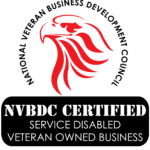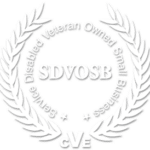Below is a list of current safety training courses we are offering. Contact our team for more information or to schedule a training by completing the form below.
During this course you will be able to recognize hazards associated with ladders and stairways. You will receive the necessary training in effective procedures used to minimize and eliminate these hazards.
This training will cover instructions, warnings, controls, and instrumentation for the operation of different types of trucks the operator may be authorized to use. You will have a better understanding of surface conditions, load stability and manipulation, as well as information on other common factors that influence how the vehicle is operated.
This training will raise awareness of the four leading hazards in the construction industry. This training will give participants information to recognize unsafe conditions and acts.


